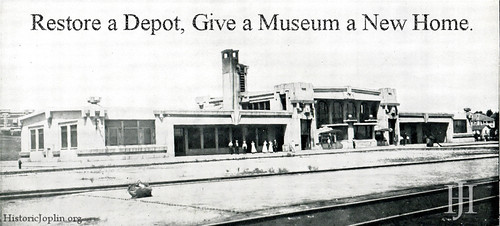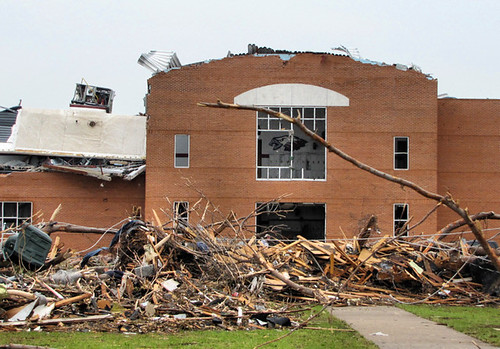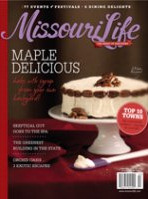We mentioned earlier today that City Manager, Mark Rohr, was to give a presentation to the boards that oversee the Joplin Museum Complex on moving from Schifferdecker Park to a restored Union Depot building. Thanks to Morgan Schutters, of KODE tv, we now know how the meeting unfolded.
In the presentation, Mr. Rohr estimated the budget for the restoration of the building and associated costs would be around 7.7 million dollars. Of that 7.7 million dollars, no new taxes would be required (unlike the Joplin Museum Complex’s failed attempt to take over Memorial Hall) and it would be funded entirely by existing sources. Much of this would be done using currently available tax credits. Even more importantly, after the planned restoration of the Depot, the building would qualify as a Smithsonian approved museum. We belief, but have not yet confirmed, that this is related to the Smithsonian Affiliation program – in which museum affiliates are eligible to host Smithsonian exhibits and collections. To do that, the Smithsonian requires the museum to be:
“…a viable institution, capable of caring for, protecting, and exhibiting collections in a manner consistent with the standards set by the American Association of Museums, and meeting specific requirements for long-term care and maintenance of Smithsonian collections, as set forth in the Smithsonian’s Collections Management Policy.”
(This status, one would presume, should ease the fears raised by Museum Director Brad Belk last year on the ability to safeguard the JMC’s collections (currently collecting dust and cat hair in the current location).)
Quoted in the report, board member Angie Besendorfer, implied that “a lot of questions” still need to be answered before the boards could make a decision. Likewise, the board told Mr. Rohr that it would need more time to think about the issue.
Should the boards decide to agree to the plan to move the museum into a renovated Depot building, we will be wonderfully and happily surprised. However, we fear that the board members made their minds up quite some time ago. If they haven’t, we urge all those who want to continue to see Joplin move forward on the rise, to once again believe that better days are still ahead, to speak up and out. If you know a board member, tell them you support the move to the Depot. It is an urgent issue which has been delayed for too long, and as Mr. Rohr noted in the meeting, time is running out on the means to make it happen without extra cost to the city and her residents.






